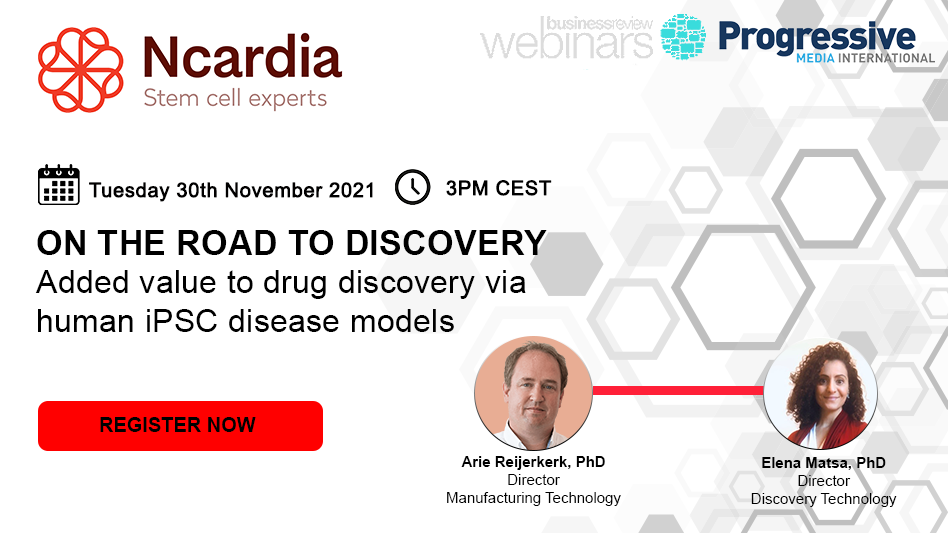Despite significant financial investments and technological advances in the past decades, the output of approved drugs has been relatively inefficient. The lack of physiologically relevant and predictive cell-based assays is one of the major obstacles. The use of recombinant cell lines or animal models does not fully recapitulate the complexity of human disease. In addition, primary human tissues are typically difficult to obtain and not available in the large quantities required for medium- or high-throughput screening.
Human induced pluripotent stem cell (iPSC)-based disease models are advantageous platforms thanks to their functional relevance and scalability. The pharmaceutical industry is now broadly recognizing the benefits of applying iPSC biology in the drug discovery pipeline, and the use of this technology is growing.
Nevertheless, implementation of iPSC-derived disease models in drug discovery projects involves several critical considerations. The first critical step is lineage specification of iPSCs to cell types that closely recapitulate key disease features. Secondly, cell manufacturing at a commercial scale must be achieved. Thirdly, reproducible and high-throughput assays that measure the disease biology must be developed.
During this webinar we discuss the advantages, challenges and solutions of implementing iPSC-technology into drug discovery and development - addressing disease modelling, large-scale manufacturing, assay development and phenotypic screening.
This webinar will help you to:
-
Understand the hiPSC added value to drug discovery pipelines
-
Learn what needs to be considered when utilizing a hiPSC disease model for drug discovery
-
Observe an example of high-throughput screening in a model of hypertrophic cardiomyopathy, utilizing hiPSC-derived cardiomyocytes
-
Brainstorm solutions for your drug discovery project in a live discussion with experts
Fill in the form below to watch the replay:

